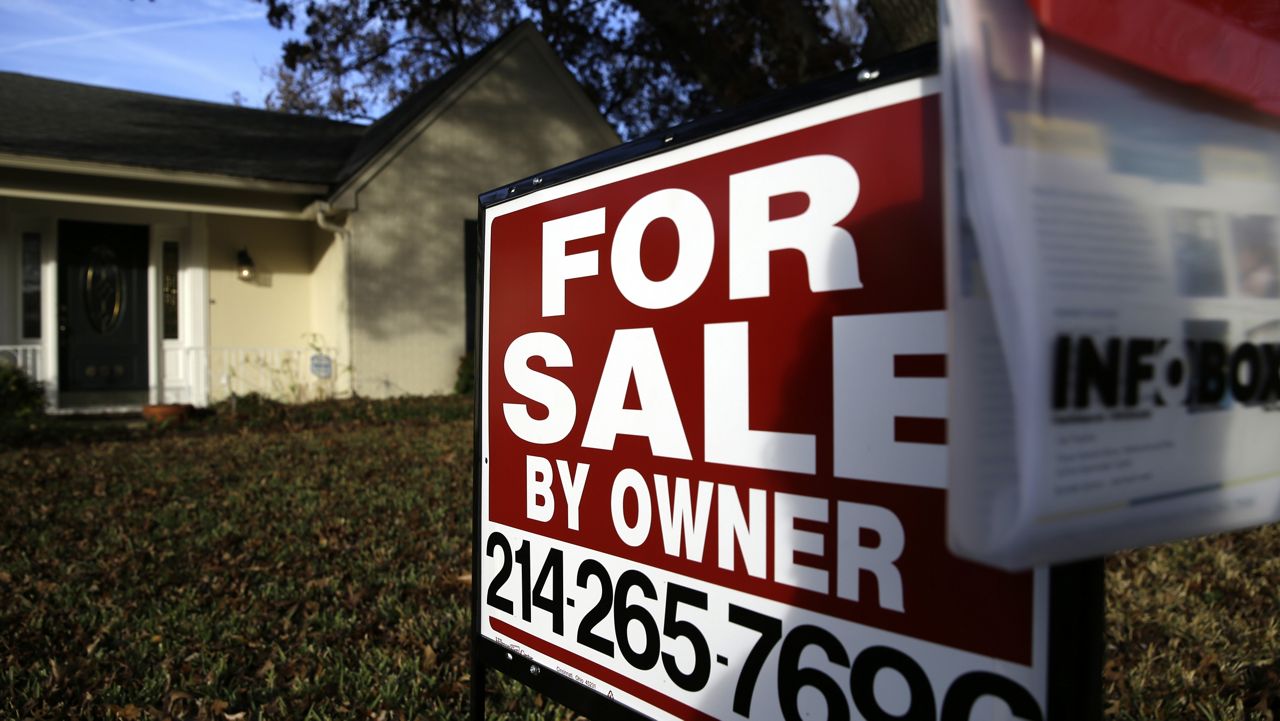WISCONSIN — Home prices in Wisconsin have significantly outpaced incomes in the state, according to a recent Wisconsin Policy Forum report.
In just five years, from 2017 to 2022, the median sales price of a Wisconsin home increased by more than 50% while the state’s median household income only rose nearly 20%.
That price-to-income ratio was also at its highest point since 2007, officials said. During 2007, the median price of a home sold in Wisconsin was 3.3 times the median household income. When the Great Recession happened, that ratio dropped but has steadily risen over the years; in 2022, that ratio sat at 3.7.
This is far higher than the recommended rule by real estate agents that says, “homebuyers can afford to spend roughly 2.6 times their household income on a home.”
Some areas in the state have an even higher ratio. Dane County, for example, which is the state’s second most populous county, had a ratio of 4.6. Four other counties saw notable higher ratios, including Door (5.5), Vilas (5.3), Sawyer (5.1) and Burnett (4.5).
Another county of note was Menominee County, which had the highest price-to-income ratio in 2022 of 7.6. However, officials said this ratio should be interpreted with caution because the county only sold 31 homes that year compared to the 400 sold in the other five higher ratio regions.
Wisconsin Policy Forum officials said that depending on the area, the primary drivers of this were an expensive housing market or generally low incomes. For example, in Dane County, the median household income exceeded the statewide median of $70,996, meaning the housing market was to blame for a higher ratio. On the flip side, in Barron County, median sale prices were below the statewide median of $265,000, but median incomes were below $60,000.
They said the recent data raises concerns about homeownership becoming less accessible, especially for certain populations. Black households in 2022 saw a particularly high price-to-income ratio of 6.8. American Indian and Hispanic households also saw ratios that were above 4.
Officials said rising costs partially come from a limited housing supply. There are two reasons for that: slowing housing development and fewer homeowners willing to sell.
From 1994 to 2005, at least 30,000 homes were permitted, according to U.S. Department of Housing and Urban Development data. That dropped drastically to less than 10,000 in 2011. It has rebounded in the years following, but still only sat at a little more than 20,000 in 2022.
Officials said homeowners were also most likely reluctant to sell as mortgage rates and interest rates rose.
Both factors come as demand for housing has grown. In the last decade or so, households in Wisconsin increased by more than 211,000, yet less than 145,000 housing units have been permitted — leaving a deficit of nearly 67,000 units.
Wisconsin Policy Forum said this will probably have implications for young aspiring homebuyers, “who may be denied some or all of the long-term benefits of owning a home, including the opportunity to build equity.”



